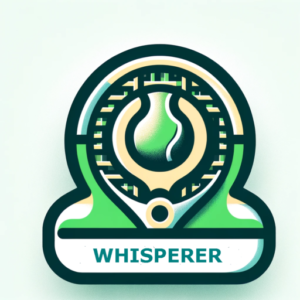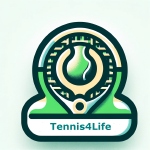Walking, Biking, Swimming or Tennis: How They Compare for Your Health
Walking, Biking, Swimming or Tennis: How They Compare for Your Health
A major new analysis in The Lancet Public Health just debunked the 10,000-step rule. Turns out, the real magic number is around 7,000 steps a day — and this level of moderate movement is enough to slash your risk of death by 47%, cut dementia risk by 40%, and significantly reduce the chances of heart disease, diabetes, and cancer death.
But what if walking’s not your cup of tea? Let’s break down the comparative benefits of walking, biking, doubles tennis and swimming — using the new walking data as the baseline and extrapolating from there:
Comparative Health Benefits: Walking, Biking, Swimming & Tennis
| Activity | Effort Equivalent | Time/Distance | Key Health Benefits | Plateau Point |
|---|---|---|---|---|
| Walking | Baseline (7,000 steps) | ~3.5 miles (6 km) or 30–40 minutes | 47% lower mortality, reduced dementia, diabetes, cancer, depression risk | ~7,000–8,000 steps/day |
| Biking | Moderate Zone 2 cycling | ~5–6 miles (8–10 km) or 30 minutes | Matches 7,000 steps in energy burn and cardio benefit | 60–90 mins/session or 150–300 mins/week |
| Doubles Tennis | Light to moderate intensity play | 45–60 minutes per session | Cardiovascular, balance, cognition, agility, muscle tone, social engagement | 1–1.5 hrs/session or ~5–7 hrs/week |
| Swimming | Steady, moderate lap swimming | 30–45 minutes or ~1,000–1,500 meters | Full-body cardio, low joint impact, improves endurance, strength, and lung capacity | ~45–60 mins/session, 3–5 sessions/week |
All four activities offer substantial health benefits, with walking 7,000 steps per day serving as the benchmark for longevity and disease prevention. Biking, doubles tennis, and swimming can deliver equivalent gains when practiced at moderate intensity and duration. While pushing harder or longer may improve performance or fitness, most of the protective health benefits level off within a moderate weekly range.
To further distinguish these activities, it’s worth highlighting that while all offer strong cardiovascular and longevity benefits, tennis stands out for its added layers of physical, cognitive, and social engagement—factors that contribute meaningfully to overall health, especially as we age.
Unique Health Benefits of Tennis
Tennis provides a broad spectrum of health benefits that extend beyond the cardiovascular and longevity advantages common to walking and biking. Its distinctive combination of physical, cognitive, and social demands make it a highly effective activity for overall well-being. Key benefits include:
-
Cognitive Health: Enhances brain function through rapid decision-making, coordination, and strategic play, supporting long-term neurological resilience.
-
Balance and Agility: Improves stability, reflexes, and coordination, reducing fall risk and supporting functional mobility.
-
Muscular and Skeletal Strength: Engages major muscle groups and promotes bone density through weight-bearing, high-impact movements.
-
Social Engagement: Encourages regular interpersonal interaction, which is linked to reduced depression and improved emotional health.
-
Neuromuscular Speed: Sharpens reaction time and motor control, key for aging populations seeking to maintain independence.
Tennis uniquely integrates physical exertion with mental and social stimulation, positioning it as a standout activity for comprehensive health and healthy aging.
Citation
Ding D, et al. Daily steps and health outcomes in adults: a systematic review and dose‑response meta‑analysis.
The Lancet Public Health, July 2025. An analysis of 57 observational studies involving over 160,000 adults found that walking 7,000 steps per day was associated with a 47% lower risk of death, and also significantly reduced risks of cardiovascular disease, cancer death, dementia (~38–40%), depression, Type 2 diabetes, and falls




